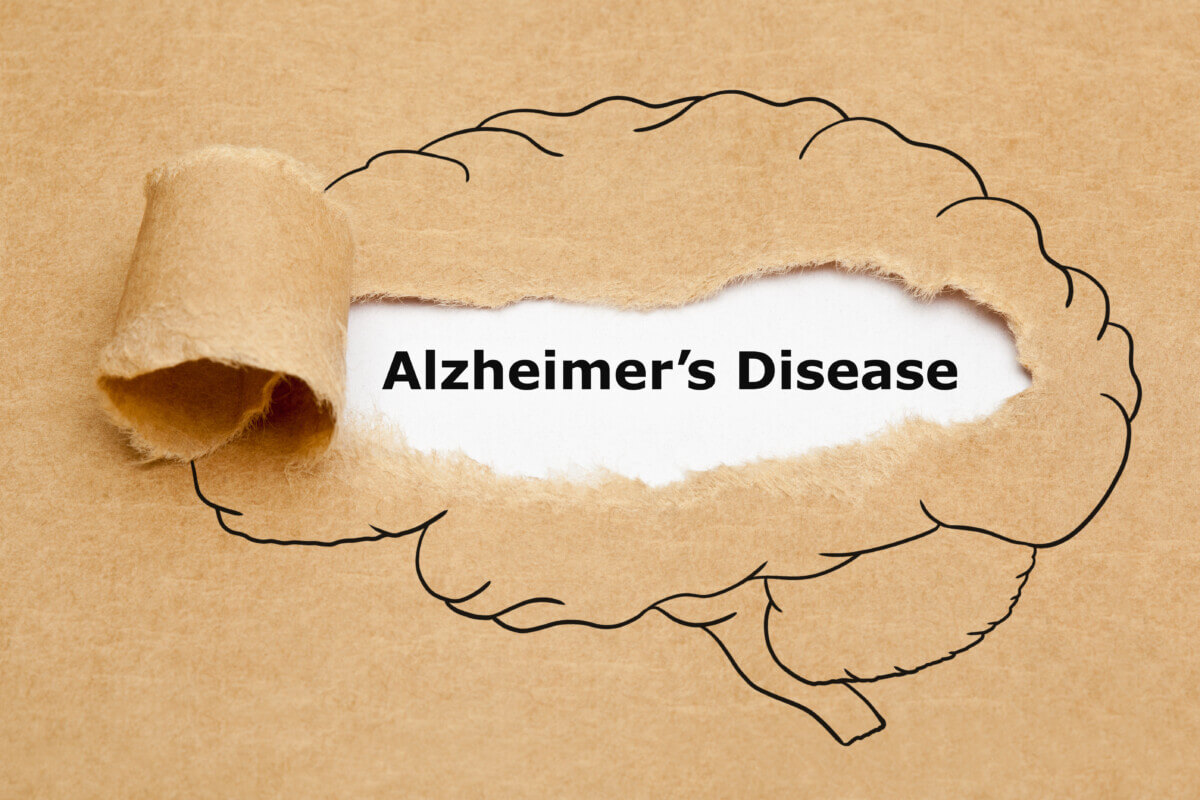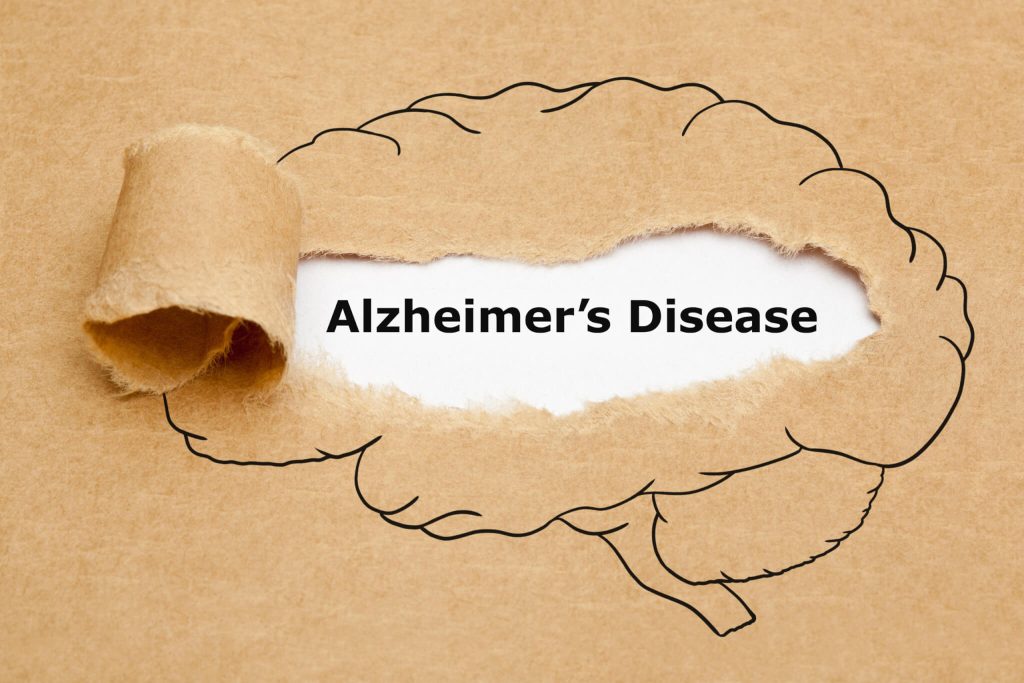

(© Ivelin Radkov – stock.adobe.com)
In a nutshell
- Taking longer than 193 minutes to enter REM sleep may indicate elevated levels of proteins associated with Alzheimer’s disease, potentially serving as an early warning sign of brain changes.
- Study participants with delayed REM sleep showed measurably different protein levels: 16% more amyloid beta, 29% more tau proteins, and 39% less of a beneficial brain protein called BDNF.
- Medical experts recommend addressing sleep disorders and avoiding behaviors that disrupt REM sleep, such as excessive alcohol consumption, to maintain healthy sleep patterns that could help protect brain health.
SAN FRANCISCO — In what could be a breakthrough for early Alzheimer’s detection, scientists have discovered that how quickly you enter dream sleep might signal your risk for developing the disease. New research reveals that people who take longer to enter REM sleep—the stage where most dreaming occurs—show higher levels of proteins associated with Alzheimer’s disease.
Sleep unfolds in distinct phases throughout the night, cycling through three stages of increasingly deep non-REM sleep before reaching REM sleep, where dreams predominantly occur. While this cycle typically takes about 90 minutes to complete and repeats four to five times nightly, researchers have found that disruptions to this pattern might signal deeper problems within the brain.
Breaking new ground in sleep science, researchers from multiple institutions across China and the United States studied 128 adults to understand how different aspects of sleep relate to Alzheimer’s disease markers. Their findings, published in Alzheimer’s & Dementia, suggest that delayed REM sleep might serve as an early warning sign of brain changes associated with Alzheimer’s, potentially years before memory problems become apparent.
“The delay in REM sleep disrupts the brain’s ability to consolidate memories by interfering with the process that contributes to learning and memory,” explains senior author Yue Leng, PhD, an associate professor in the Department of Psychiatry and Behavioral Sciences at the University of California – San Francisco, in a statement. “If it is insufficient or delayed, it may increase the stress hormone cortisol. This can impair the brain’s hippocampus, a critical structure for memory consolidation.”


Leading this international collaboration, researchers examined participants ranging from those with normal cognition to individuals diagnosed with Alzheimer’s disease. By combining advanced brain imaging with sleep studies and blood tests, they painted a comprehensive picture of how sleep patterns relate to the biological markers of Alzheimer’s disease.
Sleep architecture, the technical term for how our night’s rest is structured, involves several distinct stages. REM sleep, marked by rapid eye movements and vivid dreams, typically begins about 90 minutes after falling asleep. When this timeline stretches longer than normal—a delay scientists call “prolonged REM latency”—it might indicate underlying brain changes associated with Alzheimer’s disease.
Research participants underwent comprehensive overnight sleep studies in a hospital setting, where sophisticated equipment monitored their brain waves, eye movements, muscle activity, and other physiological measures. While consumer fitness trackers can capture some sleep data, the clinical equipment used in this study provided far more precise measurements.
Beyond just watching people sleep, the study employed cutting-edge technology to look for signs of Alzheimer’s disease. Participants received special brain scans that could detect amyloid beta, a protein that builds up abnormally in Alzheimer’s disease. Blood tests measured levels of other telling proteins, including phosphorylated tau and brain-derived neurotrophic factor (BDNF), which play crucial roles in brain health and disease.


The numbers paint a stark picture. Study participants who experienced delayed REM sleep—taking more than 193 minutes to enter the dream phase—showed 16% more amyloid and 29% more tau proteins, both considered hallmarks of Alzheimer’s disease. Perhaps most tellingly, these individuals also had 39% less BDNF, which typically diminishes in Alzheimer’s patients.
The results held true regardless of whether participants had normal cognition, mild cognitive impairment, or diagnosed Alzheimer’s disease. This suggests that REM sleep changes might begin before noticeable memory problems develop, potentially offering an early warning system for future cognitive decline.
The findings raise important questions about current medications and treatments. “Future research should study the effects of certain medications that influence sleep patterns, as these may modify disease progression,” notes Leng. Some existing treatments show promise—melatonin, for instance, can boost REM sleep, and studies in mice demonstrate its ability to decrease tau and amyloid accumulation.
For those concerned about their Alzheimer’s risk, practical steps exist. “This includes treating conditions like sleep apnea and avoiding heavy drinking, since both can interfere with a healthy sleep cycle,” advises Dr. Dantao Peng, of the Department of Neurology at the China-Japan Friendship Hospital in Beijing, who co-led the study. “Patients taking certain antidepressants and sedatives that reduce REM sleep should discuss their concerns with their doctor, if they are worried about Alzheimer’s.”
Paper Summary
Methodology
The study involved 128 participants recruited from the China-Japan Friendship Hospital in Beijing. Half had Alzheimer’s disease, approximately one-third had mild cognitive impairment (a potential precursor to Alzheimer’s), and the remainder had normal cognition. The average age was 70, with a fairly even gender distribution.
Each participant spent a night in the hospital’s sleep clinic, where researchers used polysomnography to record comprehensive sleep data. This technology captured brain wave patterns, eye movements, heart rate, muscle activity, and breathing patterns throughout the night. Researchers divided participants into two groups based on REM sleep timing: an early group that entered REM sleep within 98 minutes of falling asleep, and a delayed group that took more than 193 minutes to reach REM sleep.
Beyond sleep measurements, participants underwent PET scans to measure amyloid beta accumulation in their brains and provided blood samples to analyze levels of phosphorylated tau and BDNF proteins. This multi-modal approach allowed researchers to examine multiple biological markers associated with Alzheimer’s disease simultaneously.
Results
Participants with delayed REM sleep showed significantly higher levels of Alzheimer’s-related proteins. Specifically, they had 16% more amyloid beta in their brains and 29% more phosphorylated tau in their blood compared to those who entered REM sleep earlier. They also showed 39% lower levels of BDNF, a protein important for brain health and typically depleted in Alzheimer’s disease.
These associations remained significant even after accounting for various factors including age, sex, genetic risk factors (specifically the APOE ε4 gene), and cognitive status. The relationship between delayed REM sleep and these biological markers was consistent across all participant groups, regardless of their cognitive status.
Limitations
This research has several important limitations. As a cross-sectional study, it can only show associations between REM sleep timing and Alzheimer’s markers, not prove cause-and-effect relationships. The sample size, while adequate for initial findings, was relatively small, particularly when divided into subgroups.
The hospital setting for sleep studies, while necessary for precise measurements, might not perfectly reflect participants’ typical sleep patterns at home. Additionally, the study captured only one night of sleep data per participant, which might not represent their usual sleep patterns.
Discussion and Takeaways
This research suggests that delayed REM sleep could serve as a novel marker for Alzheimer’s disease risk, potentially offering a new avenue for early detection. The findings also highlight the importance of healthy sleep patterns in brain health and suggest that treatments targeting sleep might help modify disease progression.
The study builds on previous research linking sleep disturbances to Alzheimer’s disease but specifically highlights the potential significance of REM sleep timing. This could lead to new therapeutic approaches, including the potential use of medications that influence REM sleep patterns.
Funding and Disclosures
The research received support from China’s Ministry of Science and Technology (grant #2021ZD0201902) and the National Health Commission (grant #2020ZD10). While most researchers reported no conflicts of interest, some team members disclosed receiving funding from pharmaceutical companies and maintaining consulting relationships with medical organizations.
Publication Information
Published in Alzheimer’s & Dementia (2025), the study “Association of rapid eye movement sleep latency with multimodal biomarkers of Alzheimer’s disease” represents a collaborative effort between institutions in China, the United States, Spain, and other countries. The research was led by co-first authors Jiangli Jin, MD, of China-Japan Friendship Hospital and the School of Clinical Medicine in Beijing, and Jiong Chen of the Institute of Medical Technology, Peking University Health Science Center, with senior authors Yue Leng, PhD, and Dantao Peng, MD.








